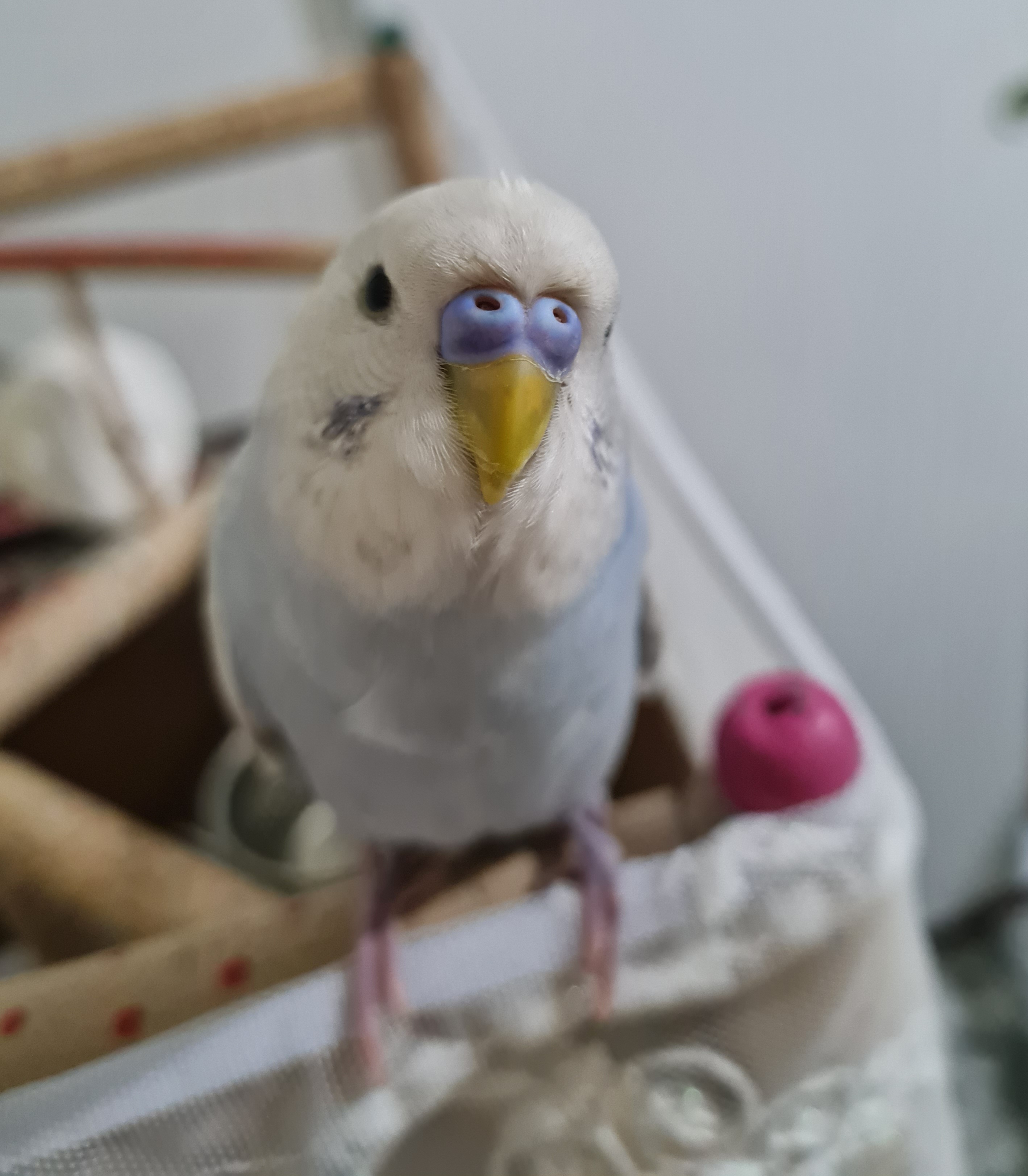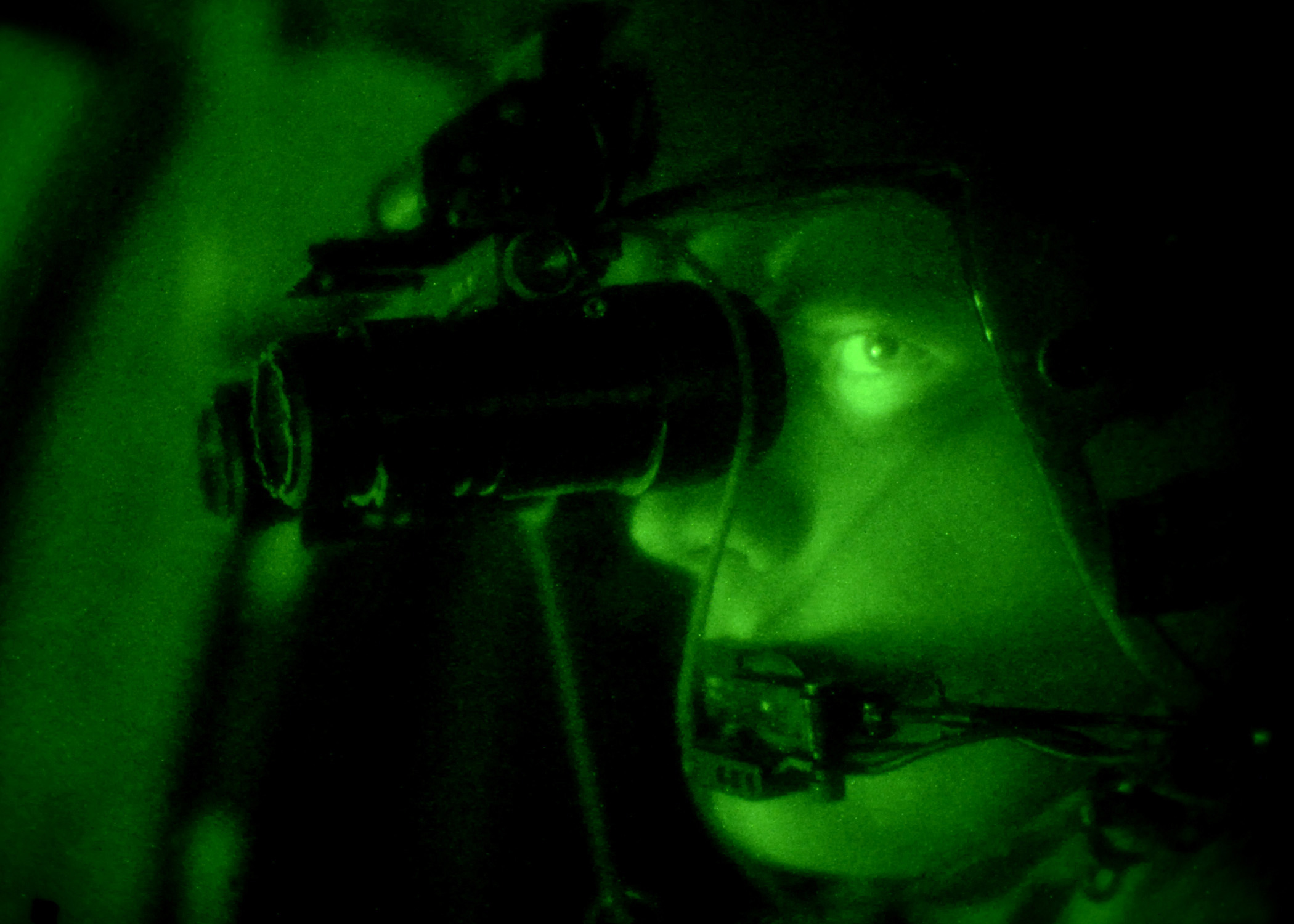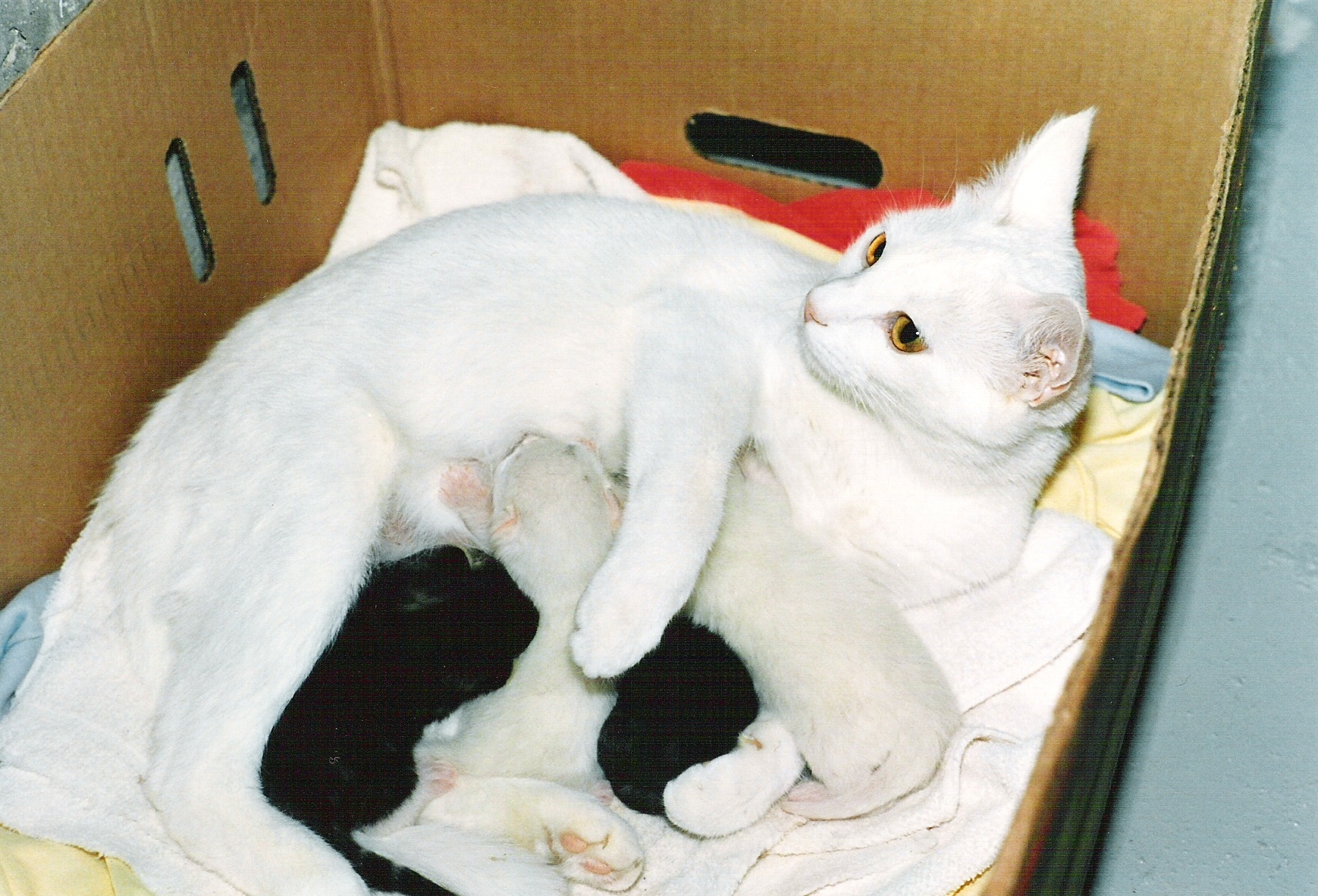|
Ghost Bat
The ghost bat (''Macroderma gigas'') is a species of bat found in northern Australia. The species is the only Australian bat that preys on large vertebrates – birds, reptiles and other mammals – which they detect using acute sight and hearing, combined with echolocation, while waiting in ambush at a perch. The wing membrane and bare skin is pale in colour, their fur is light or dark grey over the back and paler at the front. The species has a prominent and simple nose-leaf, their large ears are elongated and joined at lower half, and the eyes are also large and dark in colour. The first description of the species was published in 1880, its recorded range has significantly contracted since that time. Taxonomy A species of '' Macroderma'', one of several genera in the family Megadermatidae (false vampires). The family all have large eyes, a nose-leaf and tragus, long ears joined at the base, and are also found in southern Asia and central Africa. The description was published ... [...More Info...] [...Related Items...] OR: [Wikipedia] [Google] [Baidu] |
George Edward Dobson
George Edward Dobson FRS FLS FZS (4 September 1848 at Edgeworthstown, County Longford, Ireland – 26 November 1895) was an Irish zoologist, photographer and army surgeon. He took a special interest in bats, describing many new species, and some species have been named after him. Biography Dobson was the eldest son of Parke Dobson Proceedings of the Royal Society. Volume 59. p 15. Royal Society. 1896 and was educated at the Royal School Enniskillen and then at Trinity College, Dublin. He gained the degrees of Bachelor of Arts in 1866, Bachelor of Medicine, Bachelor of Surgery and Master of Surgery in 1867 and Master of Arts in 1875. He became an army surgeon after 1867 serving in India and rose to the position of surgeon major. In 1868 he visited the Andaman Islands, collecting zoological specimens for the Indian Museum along with Wood-Mason, and in May 1872 he made ethnological and photographic studies of the Andamanese peoples. Around 1878, he became curator of the Royal ... [...More Info...] [...Related Items...] OR: [Wikipedia] [Google] [Baidu] |
Edward Richard Alston
Edward Richard Alston (1 December 1845 – 7 March 1881) was a Scottish zoologist. Alston was born at Stockbriggs, near Lesmahagow, on 1 December 1845. He was delicate in youth, so chiefly self-educated at home. He very early contributed to ''The Zoologist'' and various Scottish magazines, and ultimately became an acknowledged authority on mammalia and birds. His principal papers in the ''Proceedings of the Zoological Society'' (1874–80) are upon rodents, especially American squirrels (1878 and 1879). The division Mammalia in Salvin and Godman's ''Biologia Centrali-Americana'' was written by him, though its publication was incomplete at his death. In 1880, he was elected zoological secretary of the Linnean Society The Linnean Society of London is a learned society dedicated to the study and dissemination of information concerning natural history, evolution, and taxonomy. It possesses several important biological specimen, manuscript and literature colle ..., which office ... [...More Info...] [...Related Items...] OR: [Wikipedia] [Google] [Baidu] |
Budgerigar
The budgerigar ( ; ''Melopsittacus undulatus''), also known as the common parakeet or shell parakeet, is a small, long-tailed, seed-eating parrot usually nicknamed the budgie ( ), or in American English, the parakeet. Budgies are the only species in the genus ''Melopsittacus''. Naturally, the species is green and yellow with black, scalloped markings on the nape, back, and wings. Budgies are bred in captivity with colouring of blues, whites, yellows, greys, and even with small crests. Juveniles and chicks are monomorphic, while adults are told apart by their cere colouring, and their behaviour. The species is the only member of the genus ''Melopsittacus'', which is the only genus in the Melopsittacini tribe. The origin of the budgerigar's name is unclear. First recorded in 1805, budgerigars are popular pets around the world due to their small size, low cost, and ability to mimic human speech. They are likely the third most popular pet in the world, after the domesticated d ... [...More Info...] [...Related Items...] OR: [Wikipedia] [Google] [Baidu] |
Nightscope
A night-vision device (NVD), also known as a night optical/observation device (NOD), night-vision goggle (NVG), is an optoelectronic device that allows visualization of images in low levels of light, improving the user's night vision. The device enhances ambient visible light and converts near-infrared light into visible light which can be seen by the user; this is known as I2 (image intensification). By comparison, viewing of infrared thermal radiation is referred to as thermal imaging and operates in a different section of the infrared spectrum. A night vision device usually consists of an image intensifier tube, a protective housing, and may have some type of mounting system. Many NVDs also include a protective sacrificial lens, mounted over the front lens (ie. objective lens) on NVDs to protect the latter from damage by environmental hazards and some can incorporate [...More Info...] [...Related Items...] OR: [Wikipedia] [Google] [Baidu] |
Pine Creek Bioregion
The Pine Creek biogeographic region, an interim Australian bioregion, (abbreviation PCK) is located in the Northern Territory,IBRA Version 6.1 data and comprises . The bioregion draws its name from Pine Creek, and has the code PCK. There is just one subregion (PCK01, identical to the region. See also *Geography of Australia
The geography of Australia encompasses a wide variety of biogeographic regions being the world's smallest continent, while ...
[...More Info...] [...Related Items...] OR: [Wikipedia] [Google] [Baidu] |
Petrochelidon Ariel
The fairy martin (''Petrochelidon ariel'') is a member of the swallow family of passerine birds which breeds in Australia. It is migratory wintering through most of Australia, with some birds reaching New Guinea and Indonesia. It is increasingly a wanderer to New Zealand, where it may have bred. This species is frequently placed in the genus ''Hirundo'' as ''Hirundo ariel''. It is monotypic. This is a bird of open country near water, and is usually seen near its nest sites in cliffs, culverts or bridges. Description The fairy martin is dumpy and square tailed. It averages long and weighs . The adult has an iridescent blue back, brown wings and tail, a rufous crown and nape, and a whitish rump. The underparts are dull white. The sexes are similar, but young birds are duller and browner, with a paler forehead and pale fringes to the back and wing feathers. This species can be distinguished from other Australian swallows by its pale rump. The most similar species, the tree martin ... [...More Info...] [...Related Items...] OR: [Wikipedia] [Google] [Baidu] |
Lactation
Lactation describes the secretion of milk from the mammary glands and the period of time that a mother lactates to feed her young. The process naturally occurs with all sexually mature female mammals, although it may predate mammals. The process of feeding milk in all animals (including humans) is called ''nursing'', and in humans it is also called ''breastfeeding''. Newborn infants often produce some milk from their own breast tissue, known colloquially as witch's milk. In most species, lactation is a sign that the female has been pregnant at some point in her life, although it can happen without pregnancy. Nearly every species of mammal has nipples; except for monotremes, egg-laying mammals, which instead release milk through ducts in the abdomen. In only one species of mammal, the Dayak fruit bat from Southeast Asia, is milk production a normal male function. ''Galactopoiesis'' is the maintenance of milk production. This stage requires prolactin. Oxytocin is critical for t ... [...More Info...] [...Related Items...] OR: [Wikipedia] [Google] [Baidu] |
Calcar
The calcar, also known as the calcaneum, is the name given to a spur of cartilage arising from inner side of ankle and running along part of outer interfemoral membrane in bats, as well as to a similar spur on the legs of some arthropods. The calcar serves to help spread the interfemoral membrane, which is part of the wing membrane between the tail and the hind legs. Calcar (femorale) also refers to the dense, vertically oriented bone present in the posteromedial region of the femoral shaft inferior to the lesser trochanter. Usage history It is unclear who first coined the word "calcar" to apply to bat anatomy; records of its usage date to Joel Asaph Allen in 1893. The word calcar is derived from Latin "calx," meaning "heel". Other terms or phrases that refer to the same feature include "supplementary calcaneal bones", "styliform bones", ''"les éperons"'' (French), ''"Fusswurzelstachels"'' (German), "spurs", and "stylets". Prevalence Not all bats have a calcar, as not all b ... [...More Info...] [...Related Items...] OR: [Wikipedia] [Google] [Baidu] |
Animal Echolocation
Echolocation, also called bio sonar, is a biological sonar used by several animal species. Echolocating animals emit calls out to the environment and listen to the echoes of those calls that return from various objects near them. They use these echoes to locate and identify the objects. Echolocation is used for navigation, foraging, and hunting in various environments. Echolocating animals include some mammals (most notably Laurasiatheria) and a few birds, especially some bat species and odontocetes (toothed whales and dolphins), but also in simpler forms in other groups such as shrews, and two cave-dwelling bird groups, the so-called cave swiftlets in the genus ''Aerodramus'' (formerly ''Collocalia'') and the unrelated oilbird ''Steatornis caripensis''. Early research The term ''echolocation'' was coined in 1938 by the American zoologist Donald Griffin, who, with Robert Galambos, first demonstrated the phenomenon in bats. As Griffin described in his book, the 18th century I ... [...More Info...] [...Related Items...] OR: [Wikipedia] [Google] [Baidu] |
Nyctophilus
''Nyctophilus'' is a genus of the vespertilionids or vesper bats. They are often termed Australian big-eared bats or long-eared bats, as the length of their ears often greatly exceeds that of the head. This genus occurs in the New Guinean-Australian region. Taxonomy The first description of the genus was published in 1821 by William Elford Leach. The name ''Nyctophilus'' means night-loving and is derived from the combination of Ancient Greek ''nyktos'' and ''philos''. The type species of the genus is ''Nyctophilus geoffroyi'', the lesser long-eared bat. A monograph on the genus, published by Robert Fisher Tomes in 1858, cited two earlier descriptions, the species assumed by Tomes as the type for ''Nyctophilus geoffroyi'', Leach, and incorporated the similar ''Vespertilio timoriensis'' Geoffroy as a new generic combination. Two new species were also named, ''Nyctophilus gouldi'' and ''Nyctophilus unicolor'', both based on specimens supplied by John Gould. The availability of t ... [...More Info...] [...Related Items...] OR: [Wikipedia] [Google] [Baidu] |
Megaderma Gigas PZS 1880 Pl46
''Megaderma'' is a genus of bat in the family Megadermatidae. It contains two living species: * Lesser false vampire bat (''Megaderma spasma'') * Greater false vampire bat (''Megaderma lyra'') ''Megaderma lyra'' has a larger wingspan than ''Megaderma spasma''. Members of this genus are found in Southeast Asia, India and Sri Lanka. The ranges of the two species overlap in the Malayan Peninsula, Sri Lanka, Thailand, Vietnam, Cambodia, Myanmar and along the east coast of India. The ghost bat The ghost bat (''Macroderma gigas'') is a species of bat found in northern Australia. The species is the only Australian bat that preys on large vertebrates – birds, reptiles and other mammals – which they detect using acute sight and heari ... (''Macroderma gigas'') was included in ''Megaderma'' before reclassification in '' Macroderma''. References * Megadermatidae Bat genera Taxa named by Étienne Geoffroy Saint-Hilaire {{bat-stub ... [...More Info...] [...Related Items...] OR: [Wikipedia] [Google] [Baidu] |





